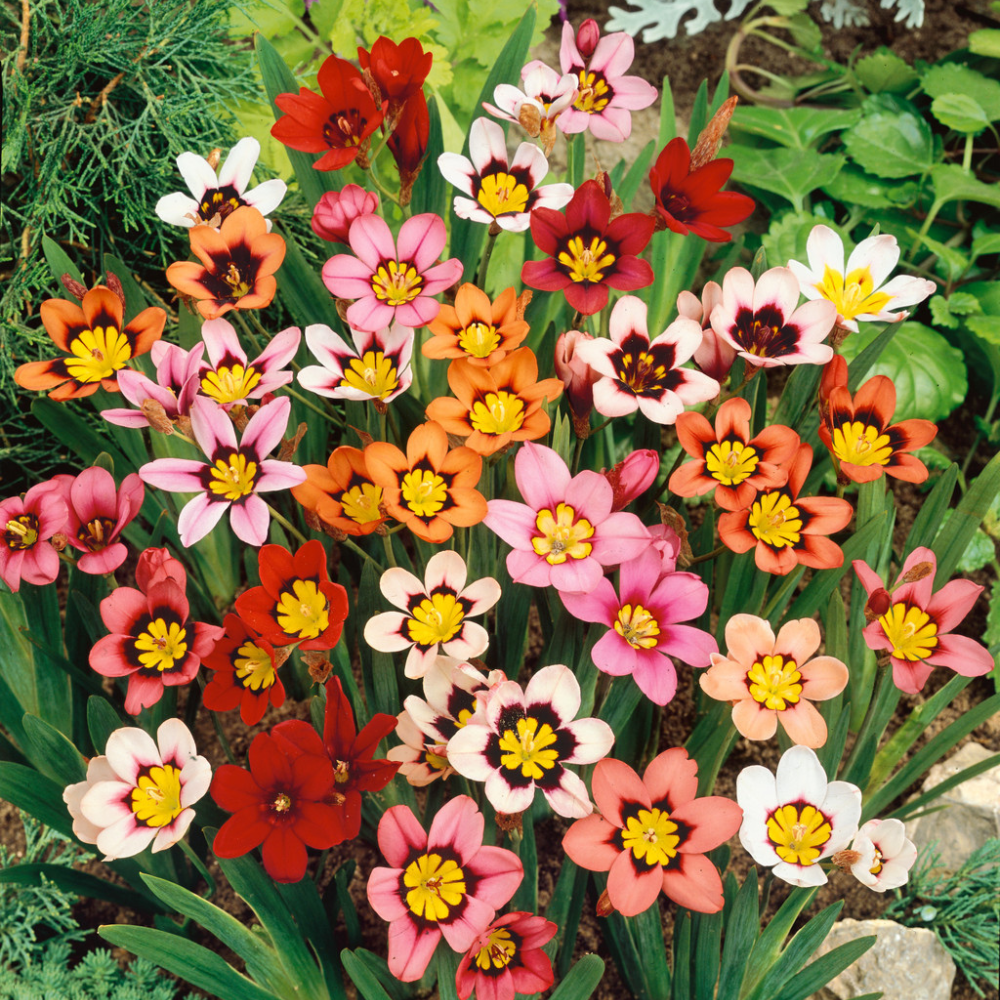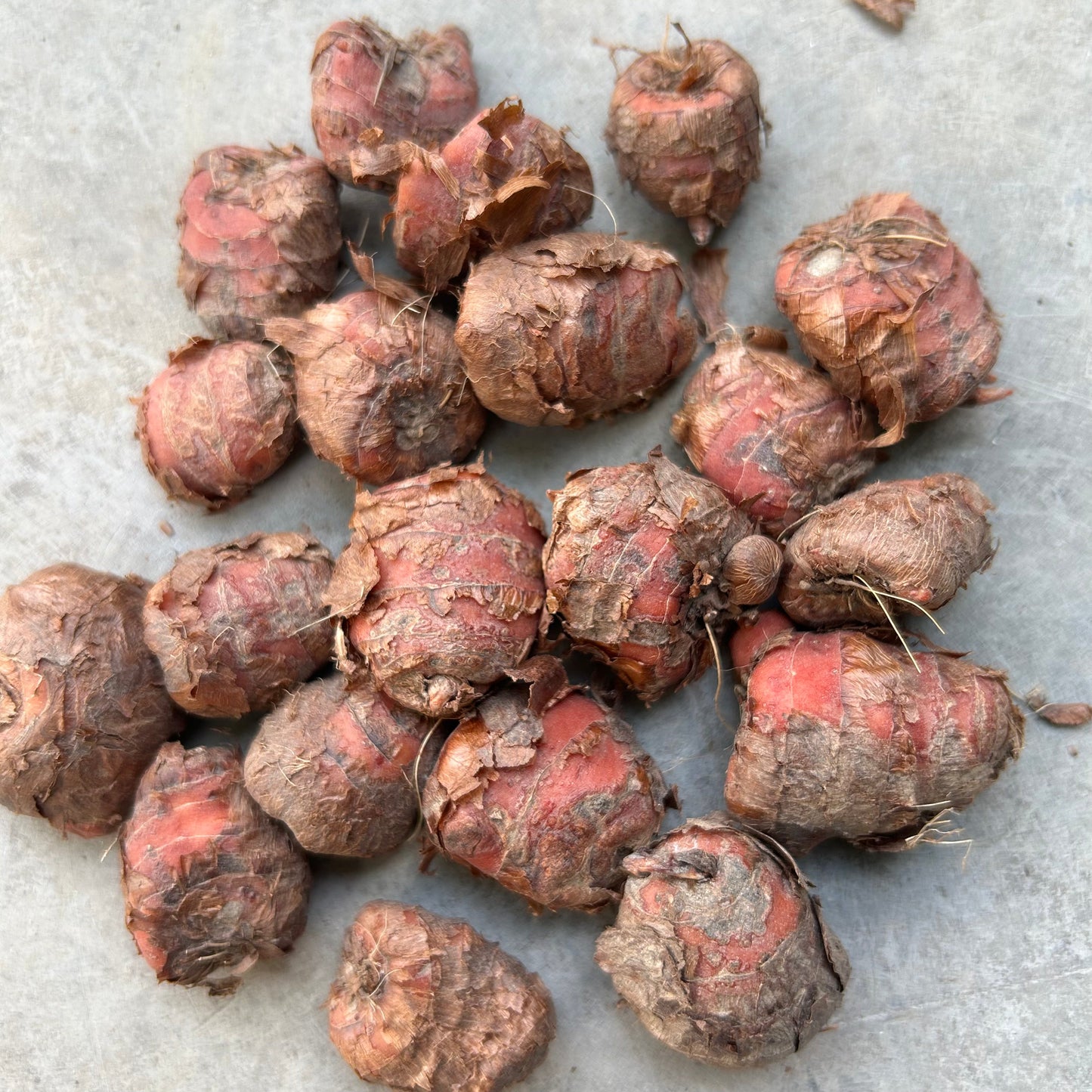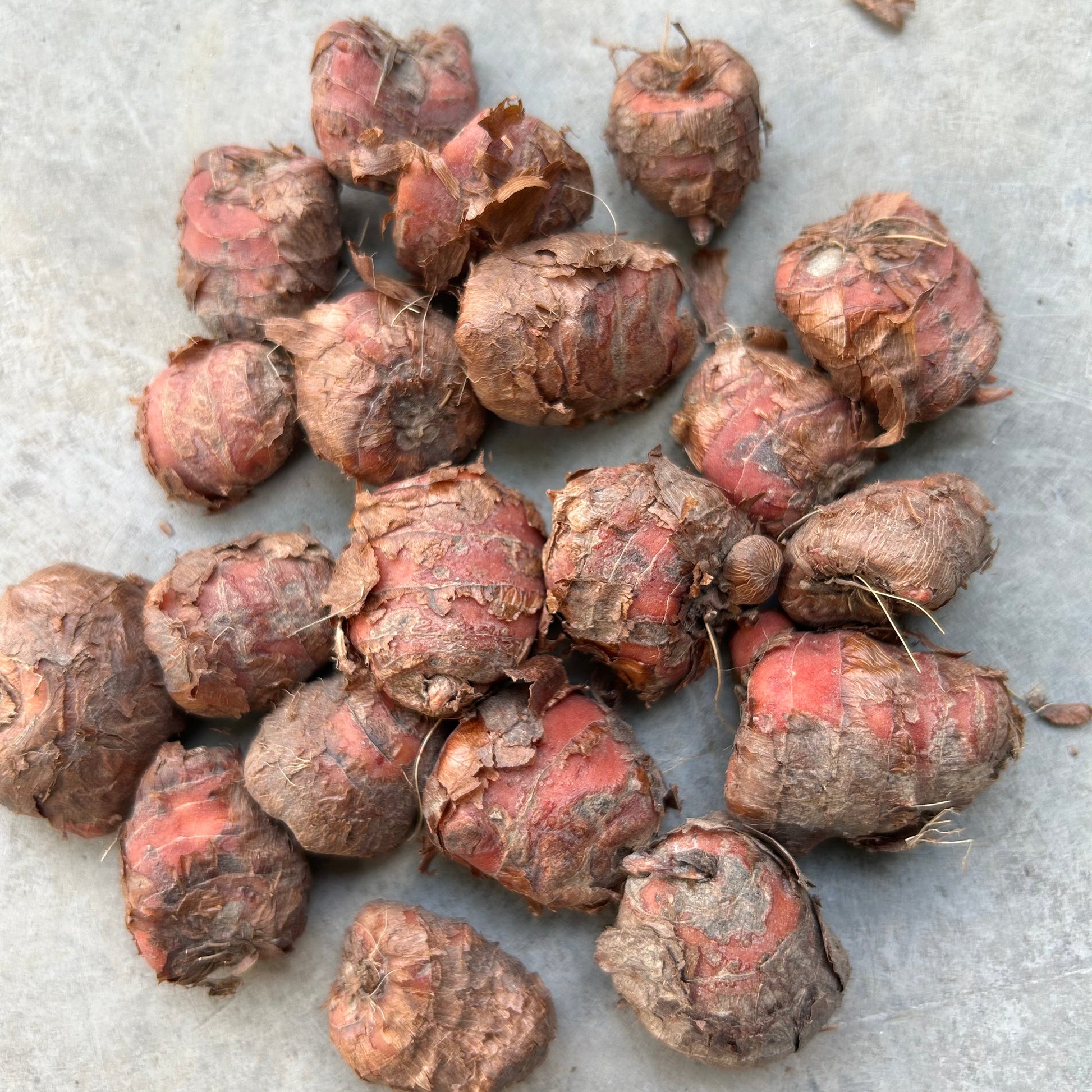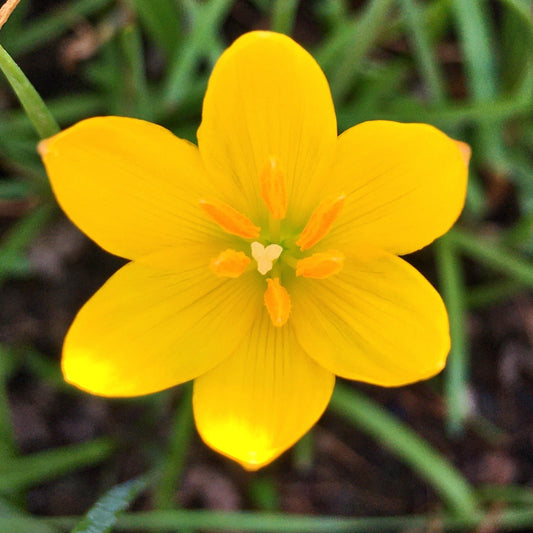1
/
of
2
Plantohobby
Sparaxis Flower Bulb Any Colour
Sparaxis Flower Bulb Any Colour
Regular price
Rs. 49.00
Regular price
Rs. 259.00
Sale price
Rs. 49.00
Unit price
/
per
Shipping calculated at checkout.
Couldn't load pickup availability
Sparaxis Flower Bulb Any Colour
Qty: Set of 1 Bulb
Transform Your Garden with Sparaxis Flower Bulbs Mix Colour
Add a burst of vibrant colors to your garden this season with Sparaxis Flower Bulbs Mix Colour.
Planting Instructions
- When to Plant: Plant Sparaxis bulbs in the fall for beautiful spring blooms. In colder climates, you can start them indoors earlier for a head start.
- Where to Plant: Choose a location with full sun and well-drained soil.
- Spacing: Plant bulbs 2-3 inches deep and 3-4 inches apart.
- Watering: Water moderately after planting, keeping the soil slightly moist but not soggy.
Care Tips
- Sunlight: Sparaxis thrives in full sun, needing at least 6 hours of direct sunlight daily.
- Watering: Water regularly during active growth, then reduce watering once flowering has finished.
- Fertilizing: Feed occasionally with a balanced liquid fertilizer during the growing season.
- After Blooming: Allow foliage to die back naturally before removing the bulbs. You can store them in a cool, dry place for replanting next fall.
Enjoy the dazzling beauty of Sparaxis Flower Bulbs Mix Colour and bring a touch of exotic charm to your garden!
Share


Recommended
-
White Rain Lily Zephyranthes Flower Bulbs
Regular price Rs. 8.00Regular priceUnit price / perRs. 49.00Sale price Rs. 8.00Sale -
Yellow Rain Lily Zephyranthes Yellow Color Flower Bulbs
Regular price Rs. 18.00Regular priceUnit price / perRs. 99.00Sale price Rs. 18.00Sale -
Pink Rain Lily Zephyranthes Flower Bulbs
Regular price Rs. 15.00Regular priceUnit price / perRs. 59.00Sale price Rs. 15.00Sale





